The surf is pounding hard against solid rock as I write this. February winds drive breakers that hammer the basaltic pillars and haystacks dotting the shoreline and send spray rocketing skyward. Caryl managed to score a super reasonable house on the bluffs perched precariously along the Oregon seacoast for a short getaway. Our 60s bodies, minds and spirits needed a breather before grass decides to emerge on the ranch, and water, waves and sand will nicely do the trick.
Most of our friends and neighbors back home in Idaho head to Arizona for the winter; Caryl and I are just a little different. It’s because I think there’s green blood in our veins. Maybe it’s because we’ve built a life around leaves of grass, or perhaps it’s because I love green trees, and Caryl loves green little plants. Either way, we find ourselves desperately hoping for green during the white season, and the Arizona desert doesn’t deliver.
There’s blooming azaleas here, green grass grazed by Roosevelt elk, daffodils coming up, and dense conifers and cedars that cover the mountainsides on the coast range that finally bow down to the sea, ending their westward march. It’s February, and it is a feast for more than the eyes; even our noses are filled with the smells of the sea. We get even more of it when we crawl around the tidepool rocks at low tide like 10-year-olds, and poke at anemones, search for octopus and abalone, spotting colorful sea stars and checking out crabs.
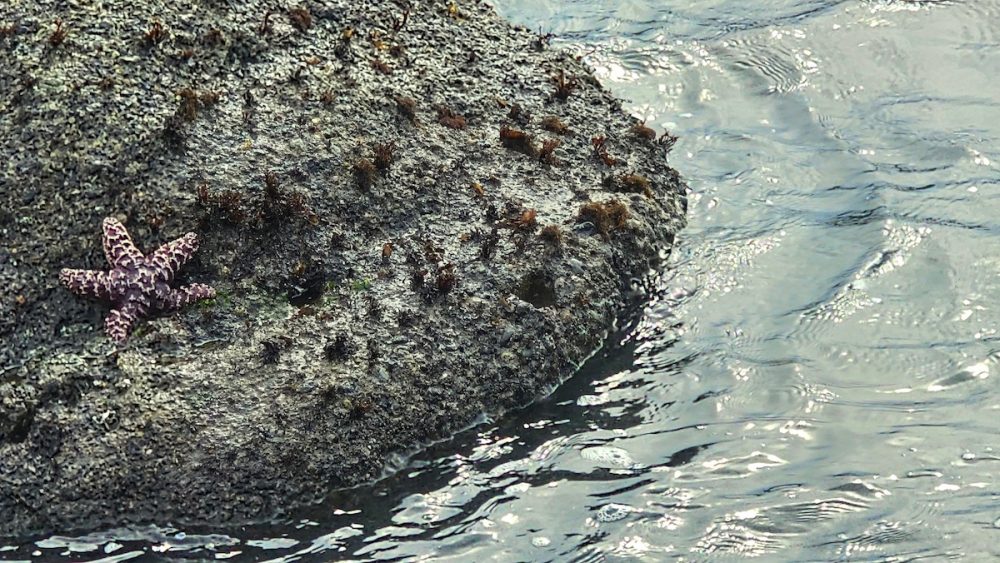
We come back to the rental house fairly soaked, and pull our sogging boots off by the door, and just above my head, there is a rustle of needles and cones. I am instantly brought back home by an old friend, lest I forget.
It’s a pine tree. Not just any pine, but a very specific pine. It’s lodgepole pine. Pinus contorta. The tree is home for me because in the highest parts of our grazing range, we find ourselves grazing, trailing cattle through, and even sleeping under vast stands of lodgepole pine. It’s a straight-as-an-arrow tree, appropriately named lodgepole, because native peoples used it exclusively for their lodges—their nomadic homes. The slender, small-branched, long, strong poles were ideal for the support network of stitched together bison hides, now commonly known as tipis. Hence lodgepole.
Lodgepole grows all over the high altitudes of the Rockies. Its range reaches into the Yukon, and heads down to Arizona. In Colorado, it can be seen at elevations of 11,000 feet. And here, it lives at sea level. That’s very unusual for a plant, let alone a tree. I can’t think of any tree besides Douglas fir that does this (but that’s another story).
However, these Pacific shore lodgepoles are absolutely not straight, slender or small-branched. Instead, they twist and turn, pruned and shaped by gale force winds fresh off the occasionally raging, non-pacified Pacific. But when I look at the needles and cones, they are the same.
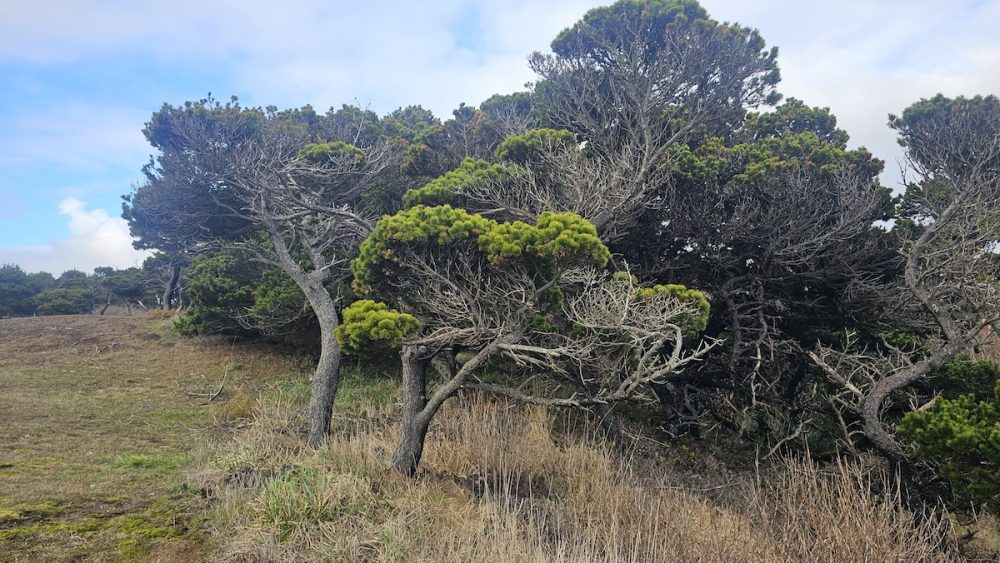
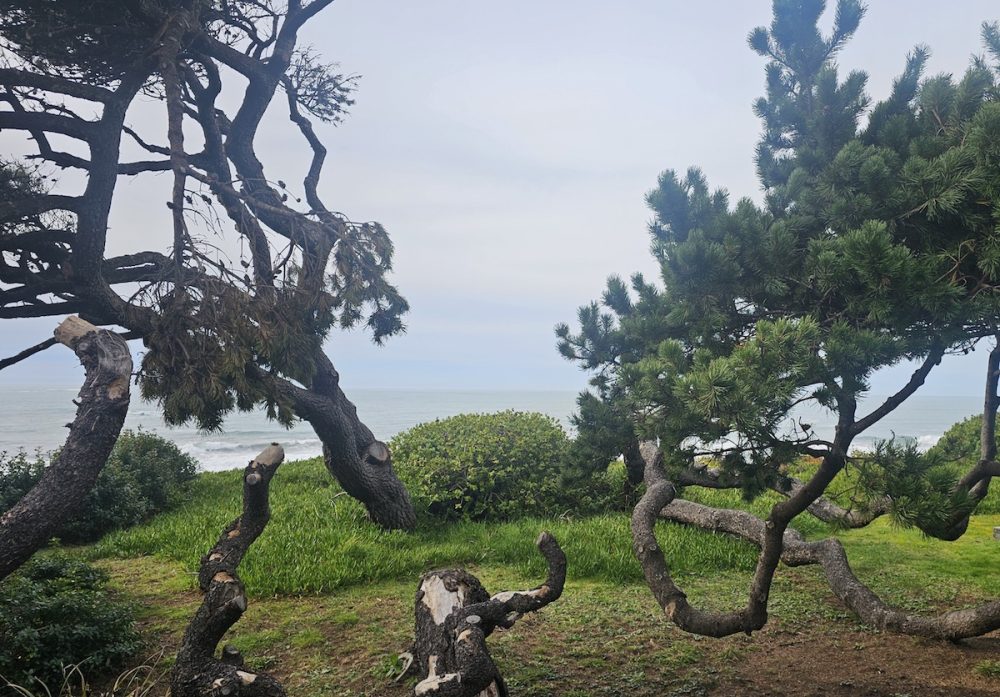
I know, because as an Intermountain West forester for 15 years, I collected hundreds of cones for seed, shooting their branches down with .22 caliber rifles so we could check for the viability of their tiny seeds.
What gives? Why are these trees so similar with needles, buds and cones a dead ringer for the same high-altitude trees that lives 1000 miles away? It turns out that these are genetically similar, so much so that they have the same scientific name. Except for that of a “subspecies” or varietal name. And that is a missing puzzle piece, hidden in the history of nomenclature for me. Until now.
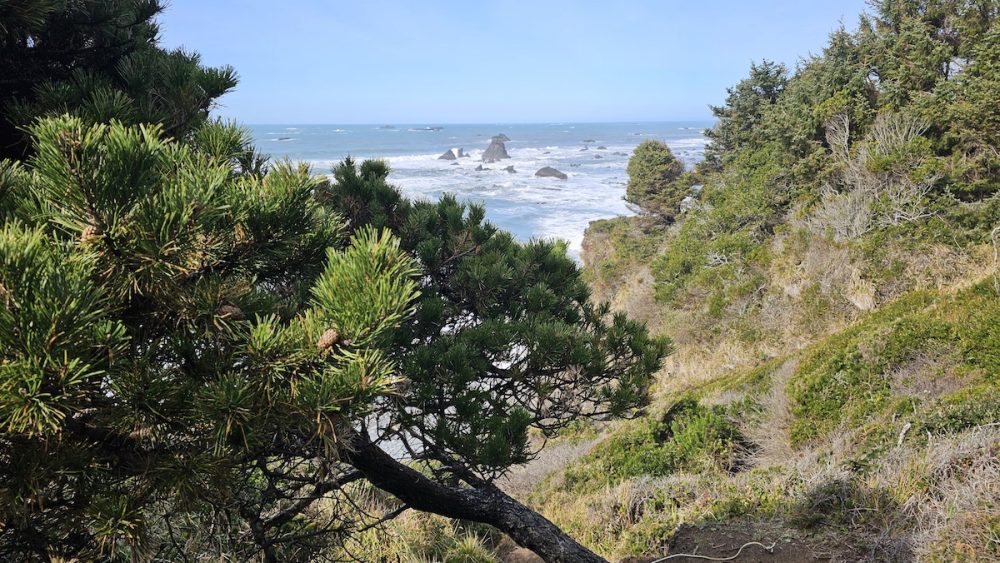
You see, the scientific name for lodgepole is Pinus contorta, and yet for all of my forestry life, I never understood why this perfectly straight and skinny tree deserved the “contorted” description.
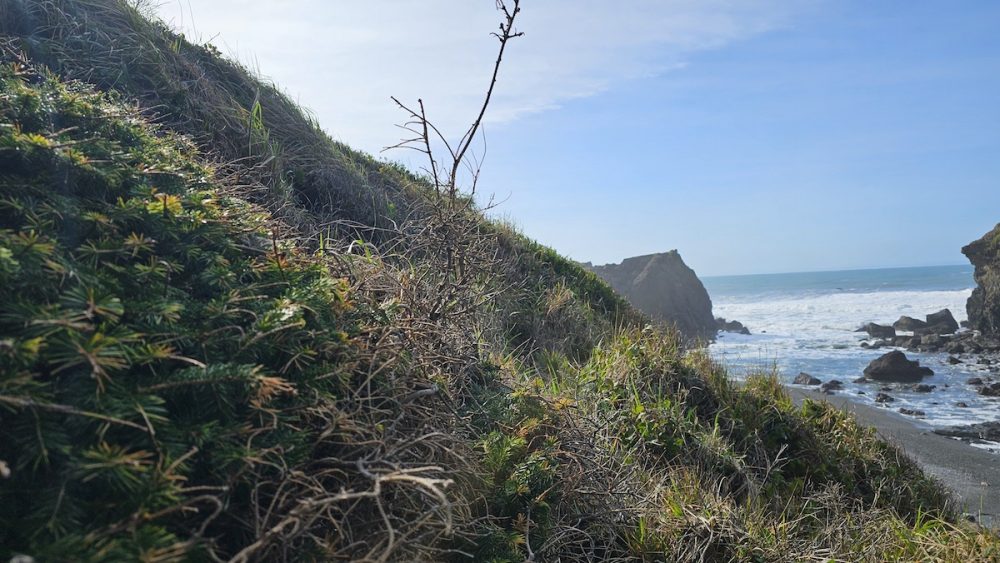
But now, I do. In this area of Oregon, nearly half of the trees that shield the coastline from storm are none other than lodgepole pine (the other half is Sitka spruce). They twist and turn, sometimes with trunks running parallel to the ground, yielding to the prevailing westerly wind but always stubbornly surviving. Their topmost branches and needles are almost invariably wind-pruned, shaped and sculpted for survival, but in doing so preserve all types of life and soil beneath it. The tight foliage of the tree can be an impervious wind and salt-air buffer, and as such is absolutely contorted. In fact, the full name of the subspecies, a now genetically distinct type, is Pinus contorta, subspecies, or ssp. contorta.
On the other hand, our tree, the one we graze our cattle under, is Pinus contorta ssp. latifolia, directly translated meaning “broad-leaved. It’s not contorted, like its cousin on the coast. But they are cousins, so the name sticks with them and rides with them in the high Rockies.
Caryl and I enjoy the coast for a break. She’s a “little plant” person with an incredible affinity and knowledge of the flowers and grasses. I’m a tree guy. The coastal cloud and rain forest is like visiting another planet. But sometimes, the aliens overwhelm.
Until you find out that an old friend is in your backyard.
Happy Trails.
Glenn



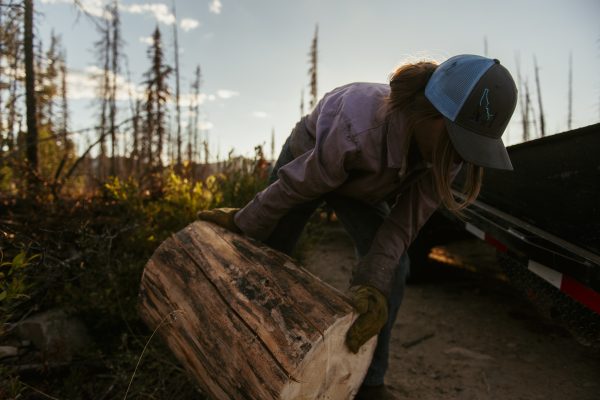
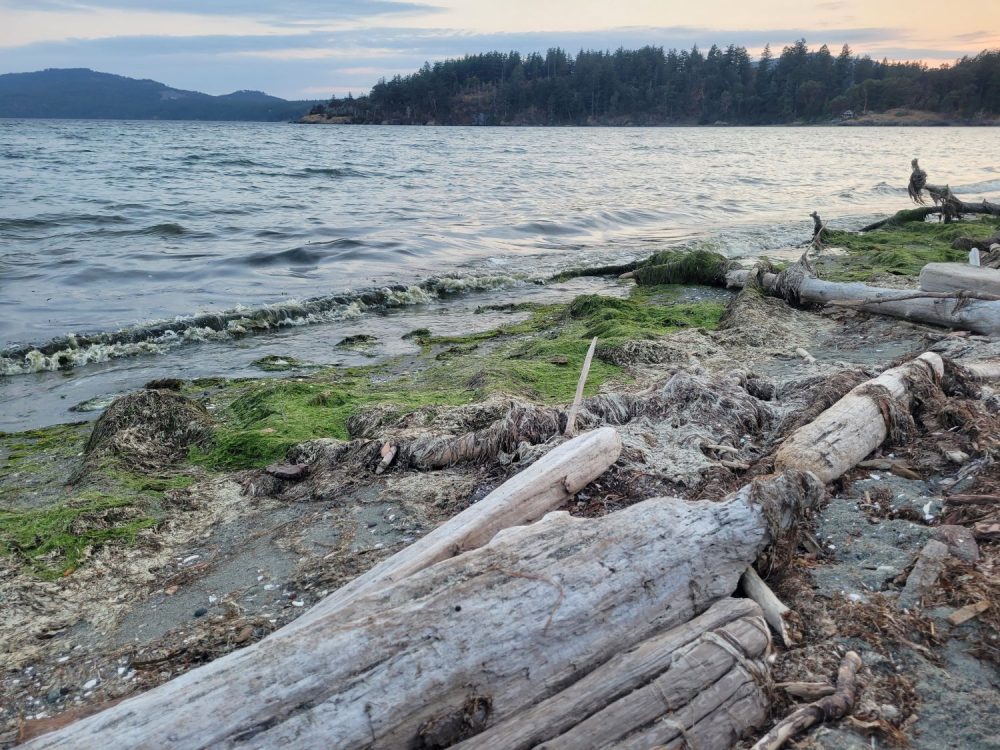


Simon Stratford
Really enjoy your articles especially as a Tree Surgeon originally from the UK and with horse in my blood for over 50 years 3D Eventing, breeding and training. Based in Florida we are now about to embark on opening the business in Montana where we’re moving whilst juggling the Florida business too. Can’t wait to get back to Mountain, temperate climes and horses . This article really is especially prescient explaining the vagaries of our planets treescape. It’s our longest living organism and after 400 million years should be teaching us a lot about natural adaptation … sadly very few feel pressed to reverse engineer what they’re looking at. Again great article .. always read them !
Glenn Elzinga
Thanks, Simon! Best of luck on your new venture in Montana!